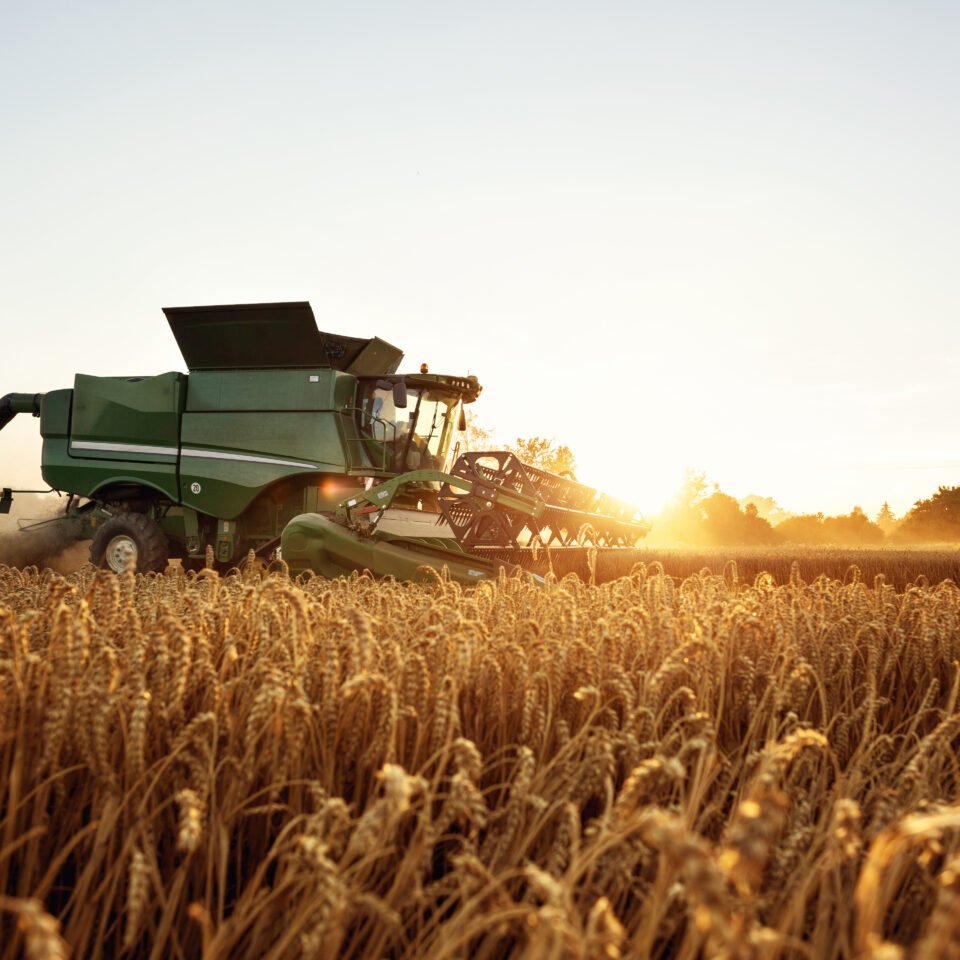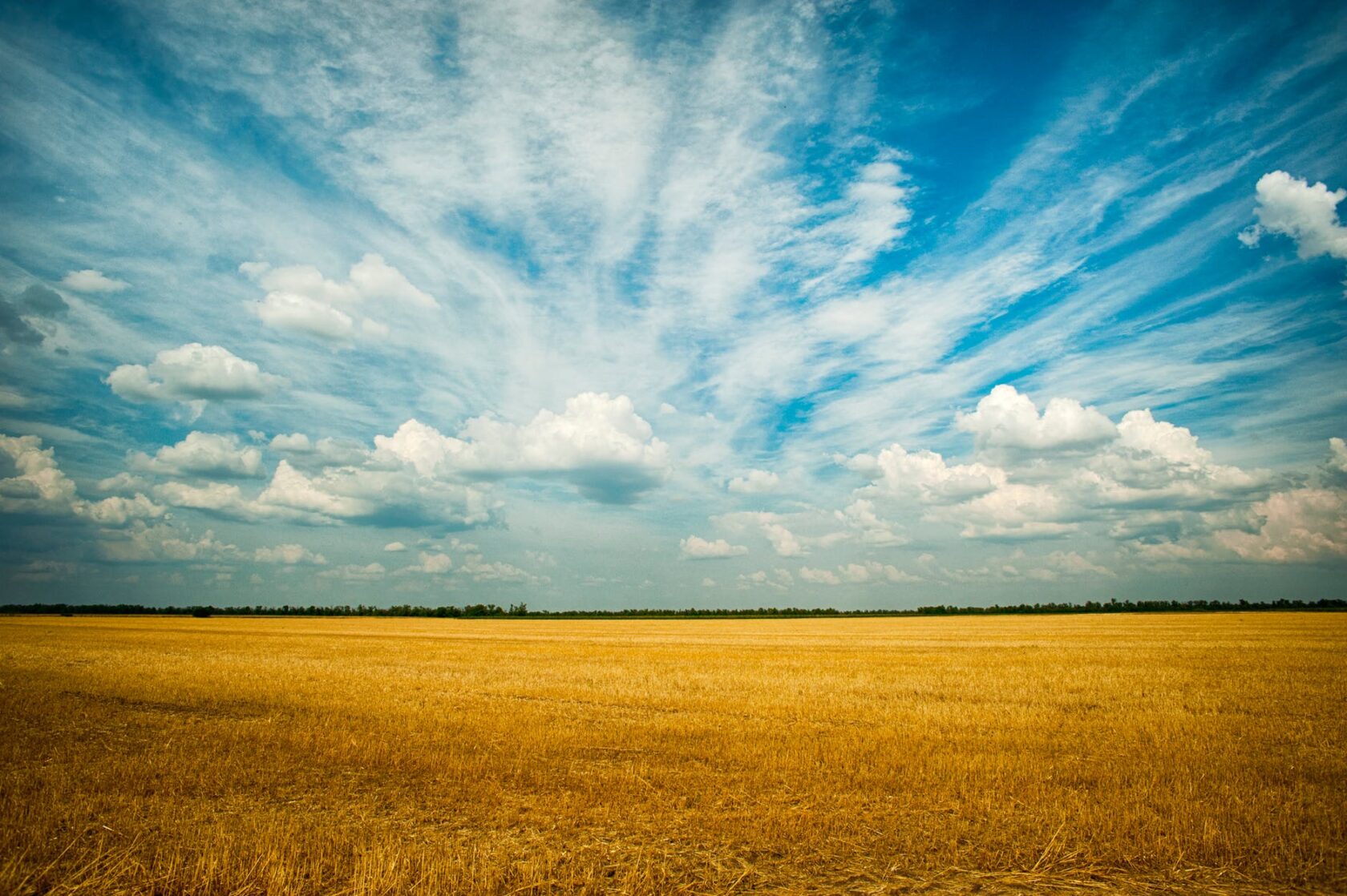
What’s Straw Worth to Your Soil?
The value of straw from cereal crops is often questioned. With no immediate return to keeping the straw in the field it is difficult to place a dollar value compared to removing and selling the straw. Leaving it in the field has many benefits to the soil including adding organic carbon to increase organic matter as well as adding phosphorus and potassium back into the soil.

Straw Nutrient Concentration
The amount of nutrients in the straw varies greatly from variety to variety and year to year based on the condition of the crop. Potassium is leached from the straw through rainfall following maturity, depending on the weather there can be up to a 500% difference in the concentration of K. Whether to include nitrogen and sulphur in calculating the value of straw is questioned. With the Carbon:Nitrogen ratio being quite high, soil organisms require more N to breakdown the straw, so it may not be available in the soil for very long. If a nitrogen scavenging cover crop is grown on the field though some of this nitrogen can be gathered up by that crop and released for the following corn crop. The only way to know for sure how much nutrients is in the straw is to get a lab analysis. Using average concentrations, the value of straw can be calculated.
Straw Value $/acre (N-P-K)
Assuming:
- Urea @ $550/tonne
- MAP @ $700/tonne
- Potash @ $600/tonne
- Average straw yield – 2.41 tonne/ac (OMAFRA)
Nitrogen (N): equivalent to 69.2 lbs/ac; Urea = $17.26/ac
Phosphorus (P): equivalent to 17.1 lbs/ac; MAP = $5.43/ac
Potassium (K): equivalent to 106.5 lbs/ac; Potash = $28.98/ac
Total N-P-K value = $51.67/ac = ~ $0.01/lb

The numbers above may seem like a low value to some for straw. The above calculations do not take secondary nutrients, micronutrients, and organic matter into account though. It is estimated that removing the straw from 4 wheat crops will reduce organic matter in the soil by 0.1%. This 0.1% OM could be capable of holding up to 1.75” of rainfall for crop uptake. This extra 1.75 inches could be crucial in dry years and could result in an additional 3.5 bu/ac of soybeans and an extra 14 bu/ac of corn. This could amount to an extra $40.25/ac for soybeans and an extra $63.00/ac for corn (soys @$11.50/bu, corn @$4.50/bu). Remember that these are estimates but this shows the value of returning the straw to the soil year after year.
Should it Stay or Should it Go?
However, having cereals in your crop rotation and removing the straw is still far better than having no cereals in the rotation at all. Even with the straw removed and no cover crops used, the following corn and soybean crops have drastically improved yields (+12% corn yield, +14% soybean yield). Soil organic matter and structure are also improved far more by having the cereals in rotation.
Also worth noting is the wheat crop splits up the season a bit more, giving more time in the summer months for soil testing, lime applications, cover crops, etc. So if selling the straw off the field makes you more comfortable with keeping a cereal crop in rotation, go for it.